×
Terms and Conditions
Before submitting the comment, you agree:
a. To accept full responsibility for the comment that you submit.
b. To use this function only for lawful purposes.
c. Not to post defamatory, abusive, offensive, racist, sexist, threatening, vulgar, obscene, hateful or otherwise inappropriate comments, or to post comments which will constitute a criminal offense or give rise to civil liability.
d. Not to post or make available any material which is protected by copyright, trade mark or other proprietary right without the express permission of the owner of the copyright, trade mark or any other proprietary right.
e. To evaluate for yourself the accuracy of any opinion, advice or other content.



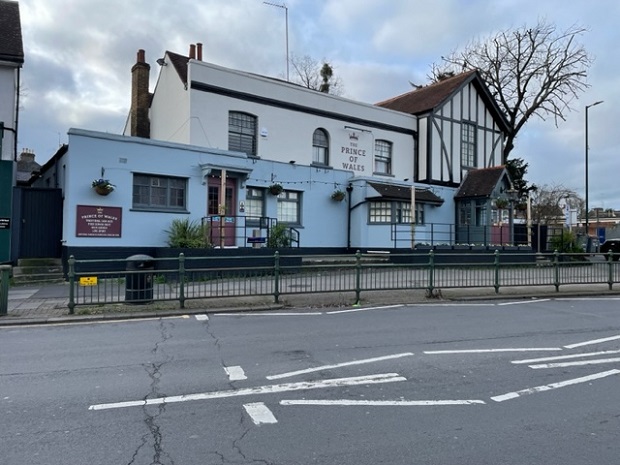

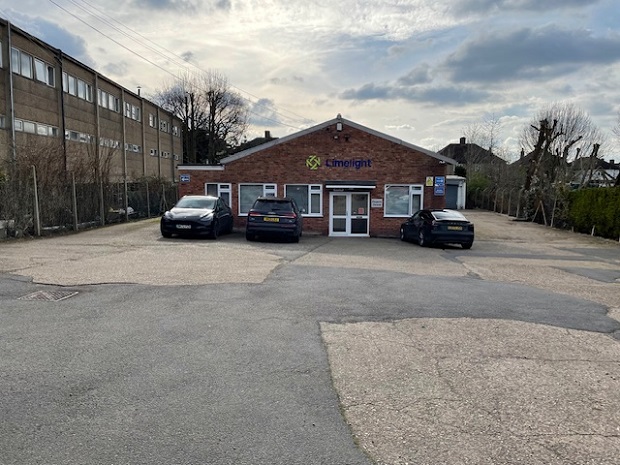
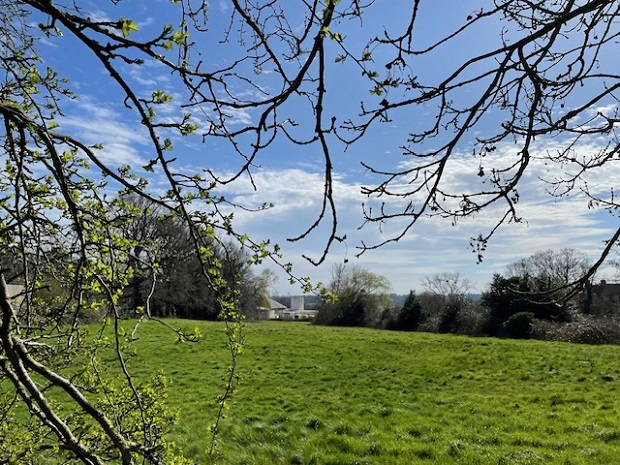
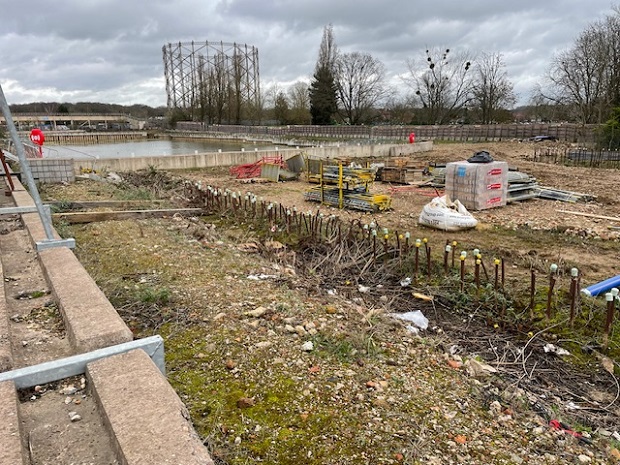

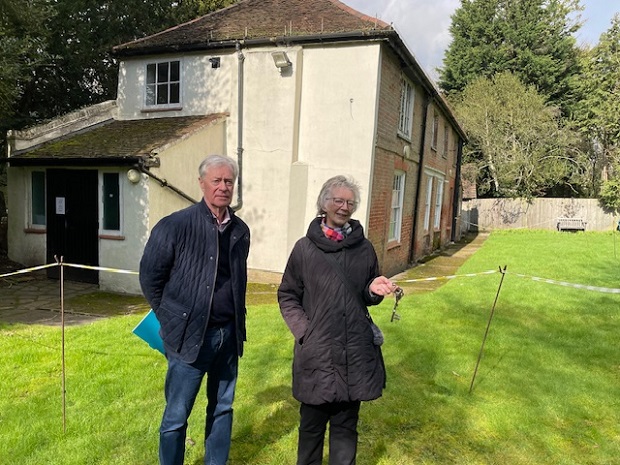
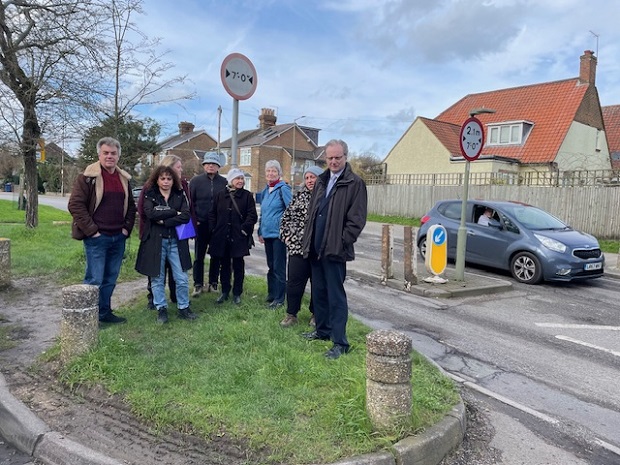
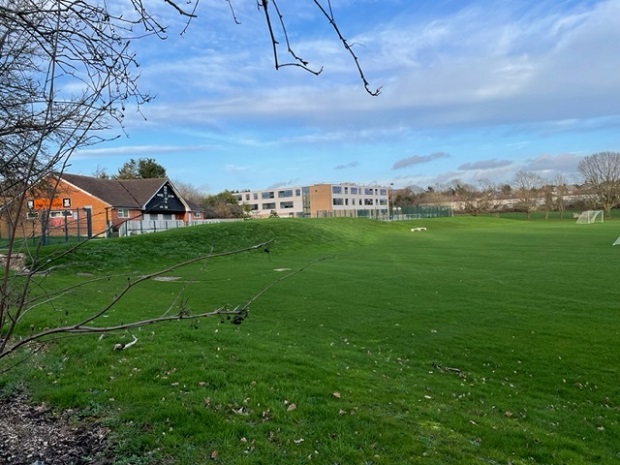

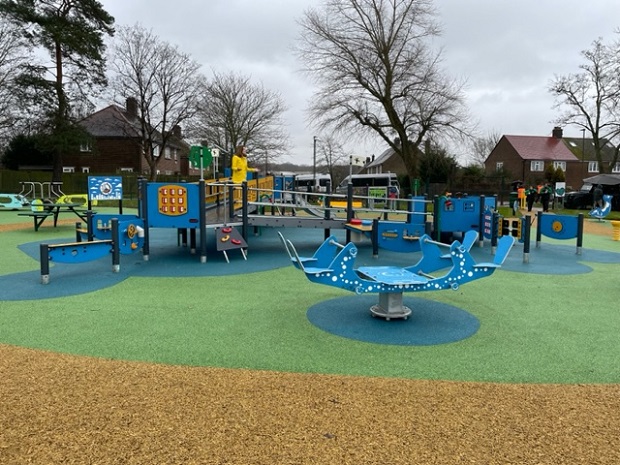
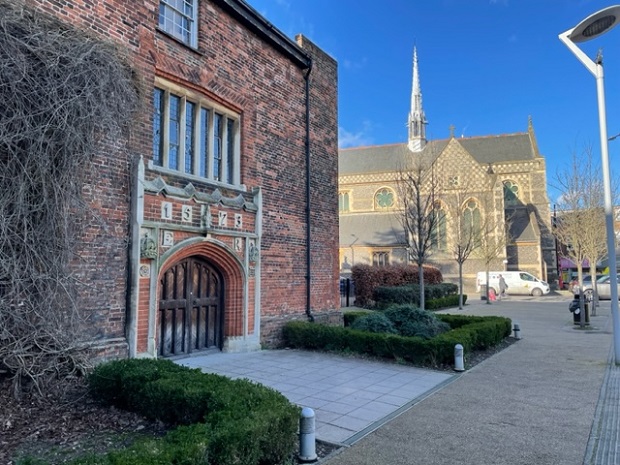
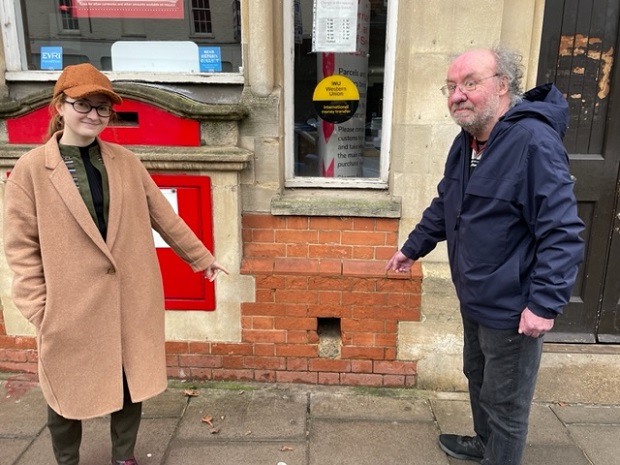
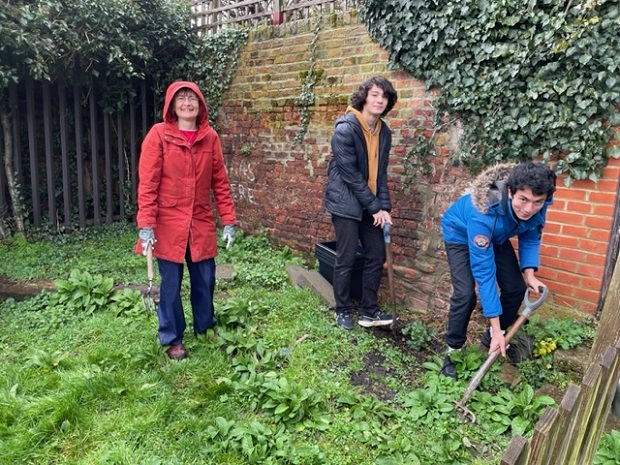
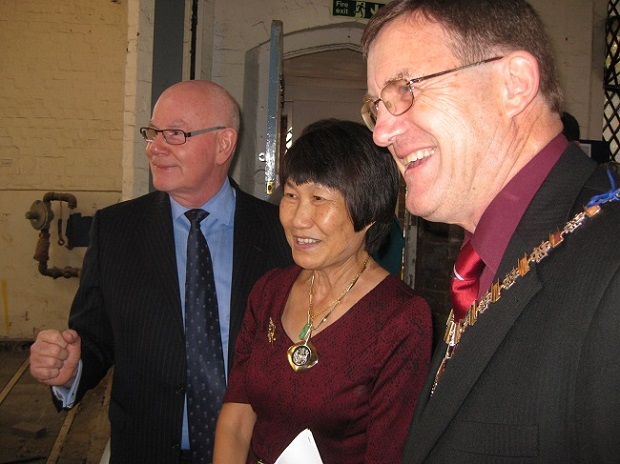


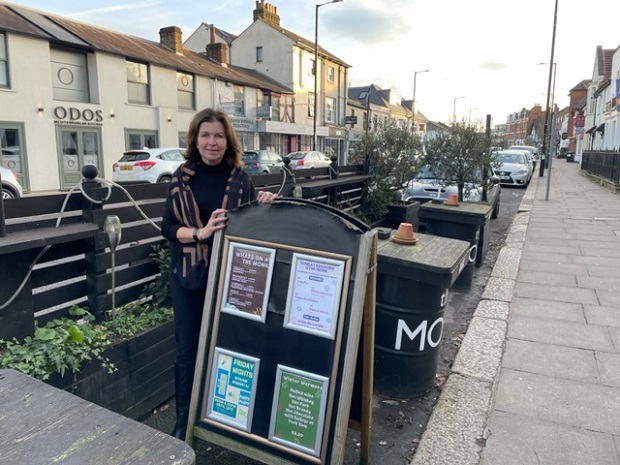
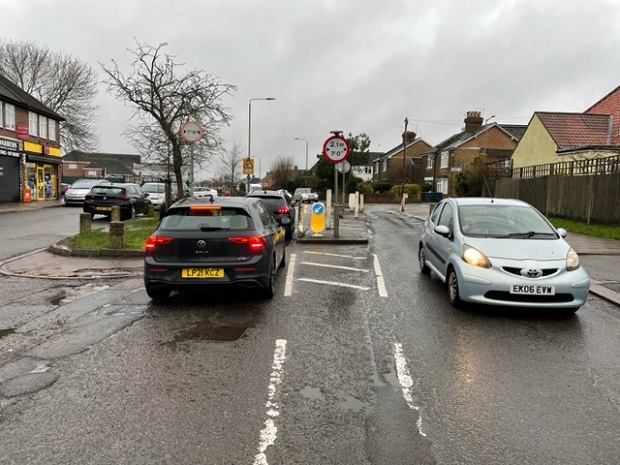
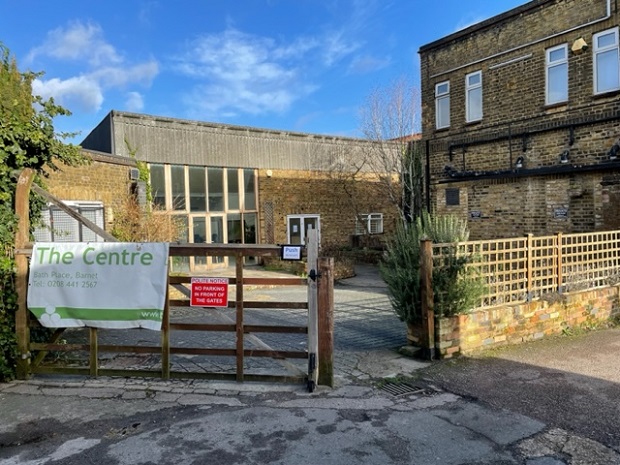
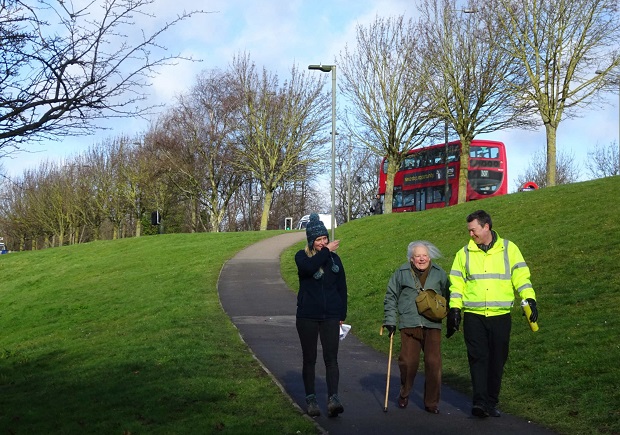
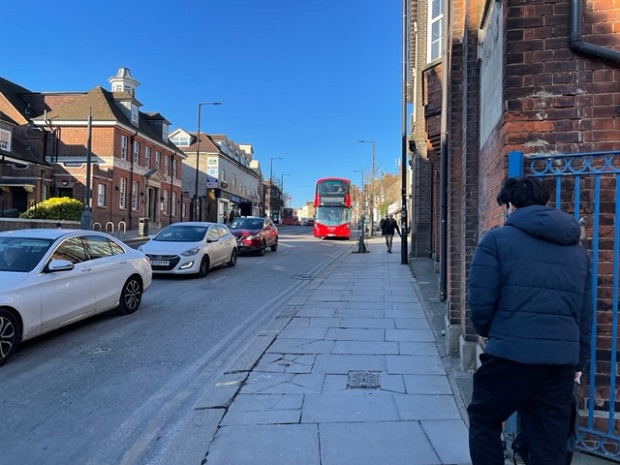
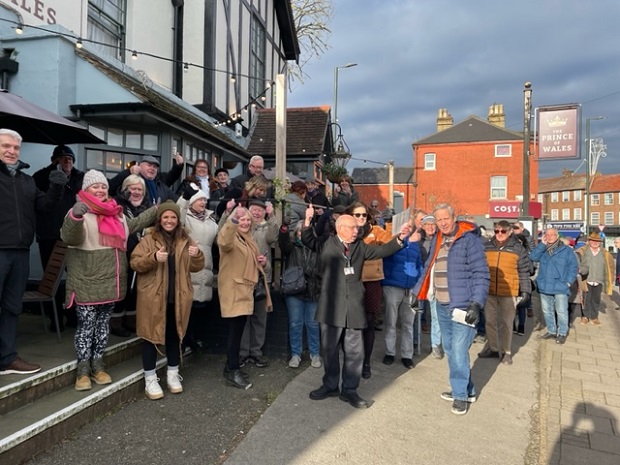

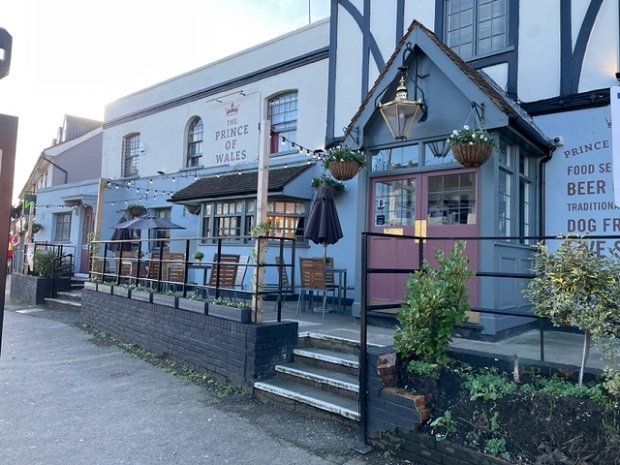
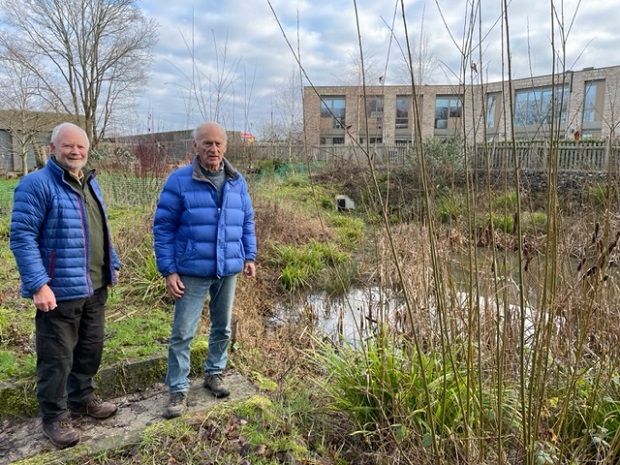
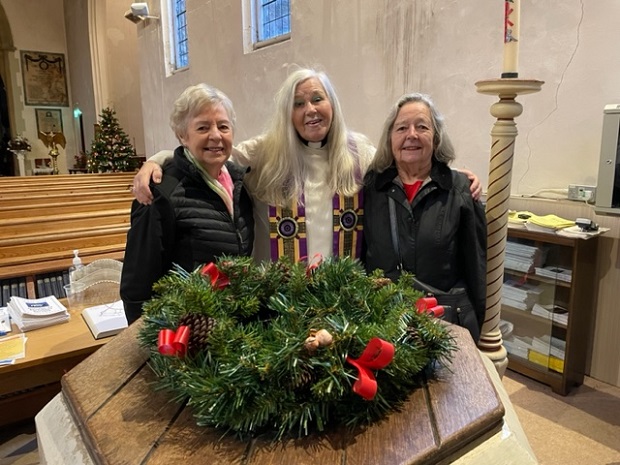
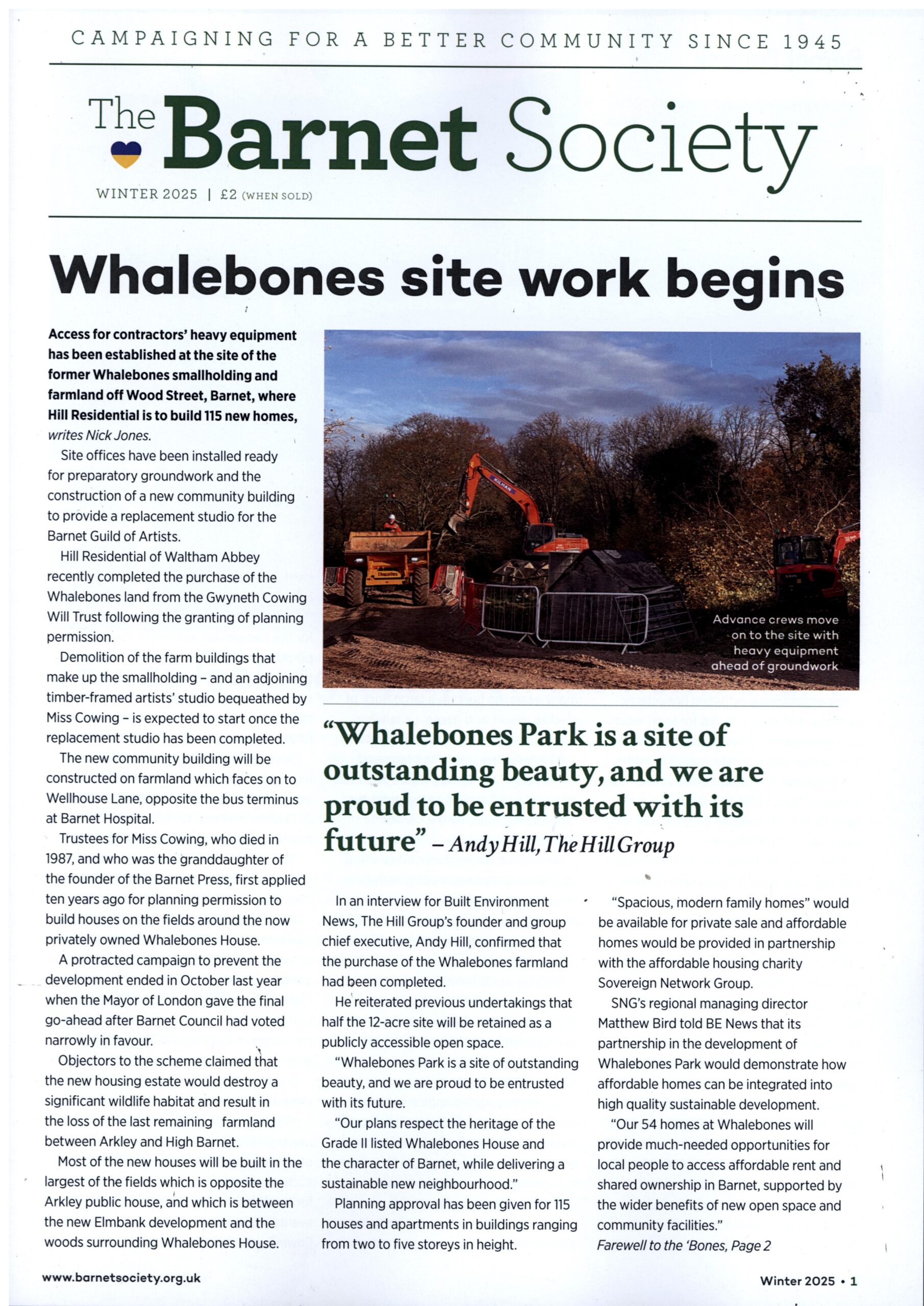
graham posted a comment on Public consultation on proposed new house in Christchurch Lane spinney
JG Baffoon posted a comment on High Barnet Place planning application refused by 8 votes to 1!
Klaudia posted a comment on High Barnet Place planning application refused by 8 votes to 1!
Linda O'shea posted a comment on High Barnet Place planning application refused by 8 votes to 1!